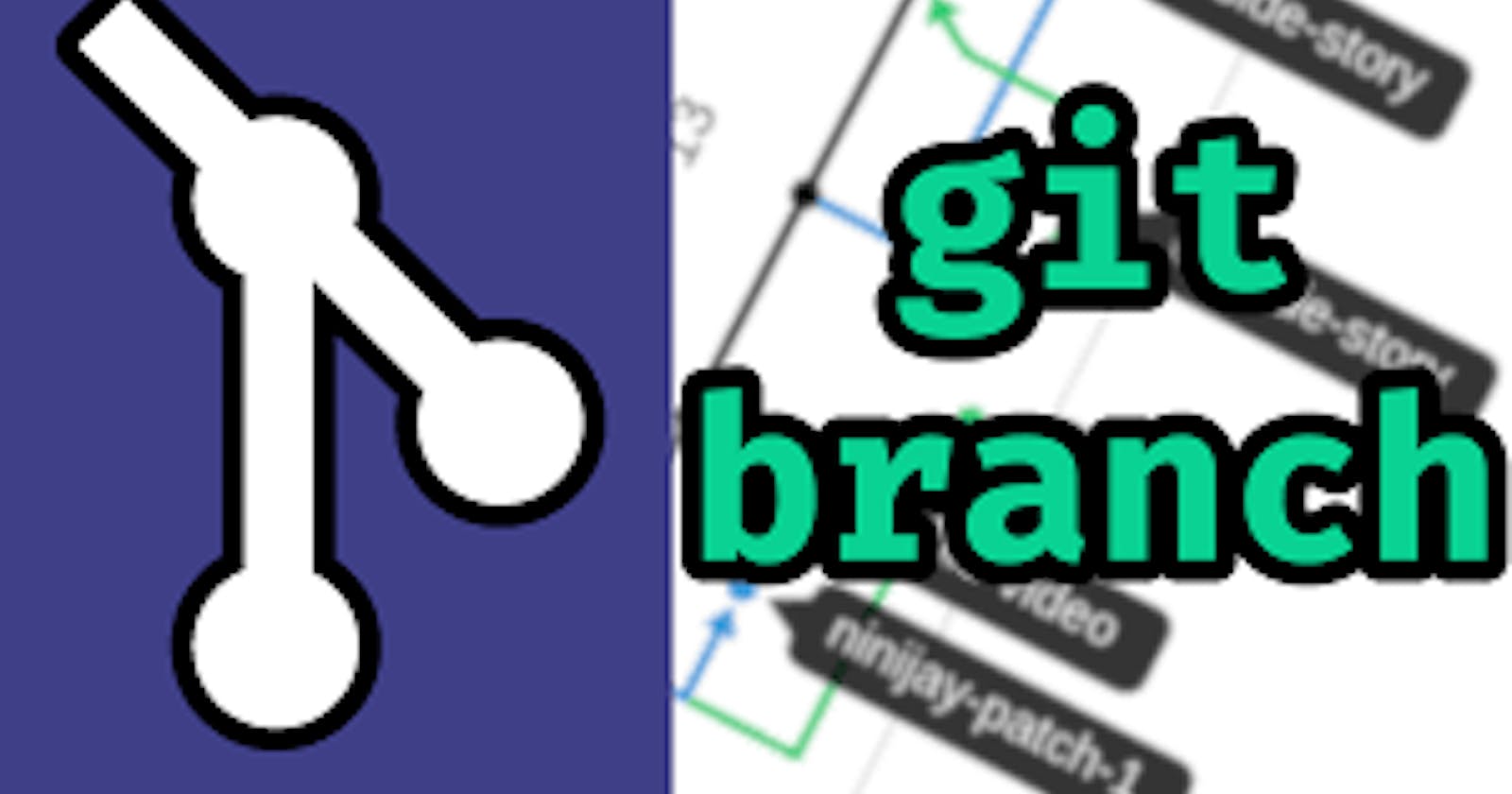Git is a powerful tool for managing versions of code, enabling multiple developers to work on the same project simultaneously without interfering with each other's work. Branching and merging are two of the most important features of Git, allowing developers to work on multiple versions of the same project concurrently and then merge them back into a single codebase.
In this article, we'll explore Git branching and merging in detail, starting with the basics and then diving into some more advanced techniques. We'll cover the main commands you need to know to work with branches and merges, and we'll provide some tips and best practices for using them effectively.

What is Git Branching?
In Git, a branch is essentially a separate version of your codebase that you can work on without affecting the main codebase. Each branch has its own commit history, meaning you can make changes to one branch without affecting the others.
The default branch in Git is called "master", but you can create as many branches as you like. When you create a new branch, you essentially create a copy of the current state of the codebase. From there, you can make changes to the code as necessary without affecting the master branch.
Creating a Branch
To create a new branch in Git, you can use the git branch command. For example, to create a branch called "feature-branch", you would run the following command:
Copy codegit branch feature-branch
This creates a new branch but doesn't switch to it. To switch to the new branch, you can use the git checkout command, like so:
Copy codegit checkout feature-branch
Now any changes you make will be made on the feature-branch instead of the master branch.
Alternatively, you can create a new branch and switch to it in one command, like so:
cssCopy codegit checkout -b feature-branch
This creates a new branch called feature-branch and switches to it in one step.
Working on a Branch
Once you've created a branch, you can work on it just like you would on the master branch. You can make changes to the code, commit those changes, and push them to the remote repository.
perlCopy code# Make some changes to the code
git add .
git commit -m "Made some changes"
# Push the changes to the remote repository
git push origin feature-branch
Now your changes are on the feature-branch and not on the master branch.
Merging Branches
Once you've finished working on a branch, you can merge it back into the master branch. Merging combines the changes you made on the branch with the master branch, creating a new commit that contains both sets of changes.
To merge a branch, you can use the git merge command. For example, to merge the feature-branch into the master branch, you would run the following command:
sqlCopy codegit checkout master
git merge feature-branch
This merges feature-branch into the master branch. Any conflicts between the two branches will need to be resolved before the merge can be completed.
Resolving Merge Conflicts
Merge conflicts occur when there are conflicting changes between the two branches you're trying to merge. For example, if you change the same line of code in both the master and feature-branch, Git won't know which version to keep.
When a merge conflict occurs, Git will prompt you to resolve the conflict manually. You can use a text editor or a merge tool to make the necessary changes.
# Attempt to merge the branches
git checkout master
git merge feature-branch
# Resolve
Merge Conflict
If a merge conflict occurs, Git will indicate which files have conflicts and which lines within those files are causing the conflict. The conflicting lines will be surrounded by special markers, like so:
csharpCopy code<<<<<<< HEAD
This is the version on the master branch.
=======
This is the version on the feature-branch.
>>>>>>> feature-branch
In this example, the <<<<<<< HEAD and ======= markers indicate the conflicting lines. The <<<<<<< HEAD marker indicates the version on the master branch, while the ======= marker indicates the version on the feature-branch. The >>>>>>> feature-branch marker indicates the end of the conflicting section.
To resolve the conflict, you can edit the file manually, keeping the changes you want and removing the conflicting markers. Once you've resolved all conflicts, you can commit the changes and complete the merge.
Deleting a Branch
Once you've merged a branch into the master branch, you may no longer need it. You can delete a branch using the git branch command.
Copy codegit branch -d feature-branch
This deletes the feature-branch from your local repository. If you want to delete the branch from the remote repository as well, you can use the git push command with the --delete option, like so:
perlCopy codegit push origin --delete feature-branch
Best Practices
Here are some best practices for using Git branching and merging effectively:
Keep your branches small and focused. Each branch should represent a specific feature or bug fix, rather than a large set of changes.
Merge often. The longer you wait to merge a branch, the more likely you are to encounter conflicts.
Test your code thoroughly before merging. Make sure your changes work as expected and don't introduce any new bugs.
Keep your commit history clean. Use descriptive commit messages and squash or rebase your commits as necessary to keep the history easy to read.
Collaborate with your team. Communicate with your team members about which branches you're working on and when you plan to merge them.
In conclusion, Git branching and merging are powerful tools for managing code versions and collaborating with other developers. By following best practices and using these commands effectively, you can streamline your development process and create high-quality code with minimal conflicts.
